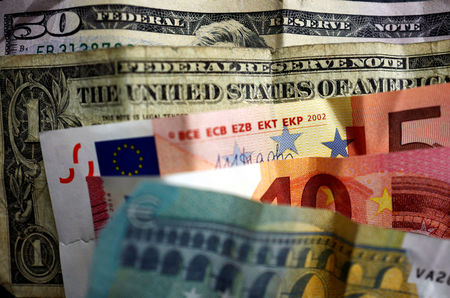
Capital Economics has anticipated underperformance for the Mexican peso and broader financial assets in the coming year due to political and economic instability.
The peso, which has recently seen a depreciation of about 15% against the dollar since early April, is still viewed as overvalued despite its significant drop in July and August.
Mexican financial assets, including equity indices and local currency bonds, have lagged behind emerging market (EM) peers in dollar terms this year, with the exception of Mexican hard currency bonds.
The poor performance is attributed to three main factors: controversial constitutional reforms by President Amlo, the unwinding of the yen-funded carry trade, and concerns about the impact of a potential US recession on Mexico due to its close economic ties with the US.
The future performance of Mexican financial assets is expected to hinge on these issues. While some bad news may already be factored into current asset prices, the domestic outlook remains challenging.
The incoming President Sheinbaum will face economic difficulties, including deteriorating public finances and the debt burden of state oil firm Pemex, which may affect Mexico’s sovereign credit rating.
Capital Economics suggests that if the US avoids a recession, global risk appetite could remain strong, benefiting Mexican assets and the peso. However, potential interest rate cuts by Banxico, following the Fed’s policy easing, could limit these gains.
Additionally, the outcome of the US election poses a risk, with Mexican assets likely to suffer in the event of a Trump victory due to his policies on immigration and tariffs.
Investor sentiment towards Mexican financial assets may deteriorate further, as indicated by rising risk premia. Despite the peso’s depreciation, it is still considered somewhat overvalued and could weaken further.
The current exchange rate of 19.4 MXN/USD does not reflect historical weakness, suggesting there may be room for further declines, pointed out Capital Economics.
This article was generated with the support of AI and reviewed by an editor. For more information see our T&C.
This post is originally published on INVESTING.



